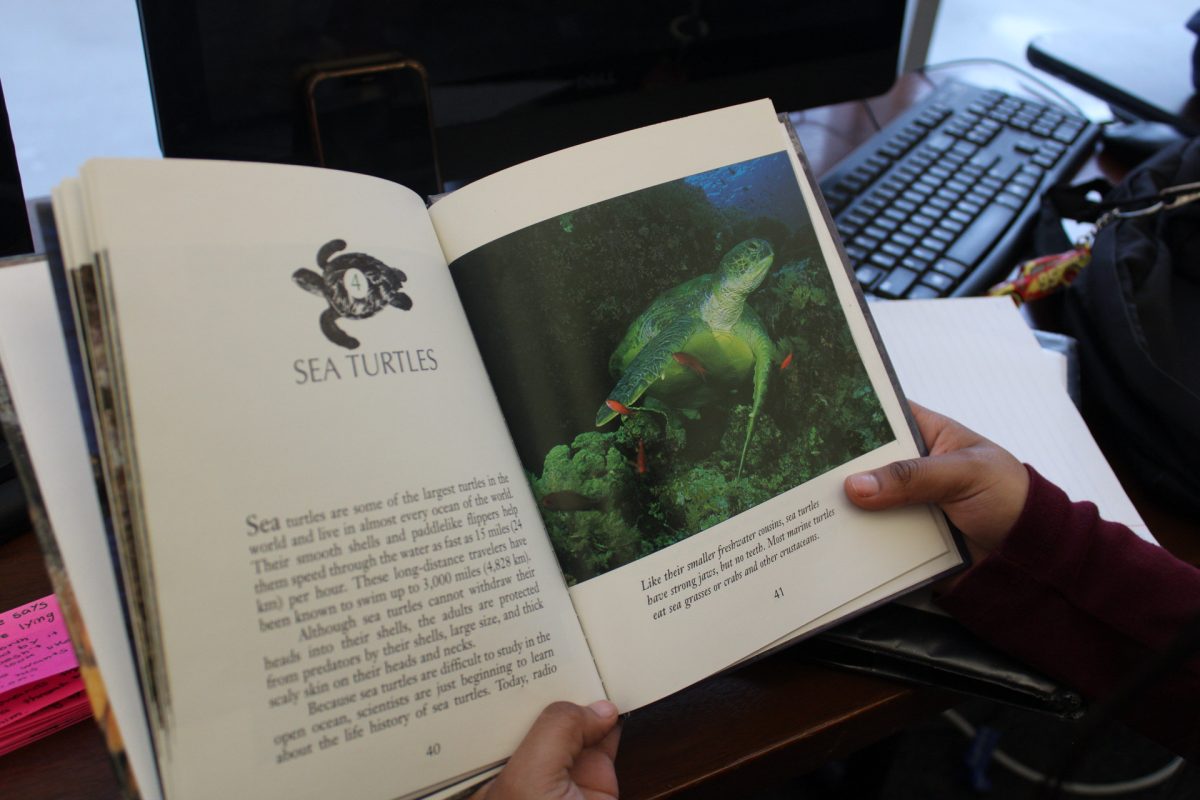Did you know that white rhinos are not actually white? Their name comes from the Afrikaans word “wyd,” meaning wide, which was mistaken for white by English settlers. There are two types of white rhinos that are from South Africa–the Northern and the Southern white rhino. Both of these species are endangered. The Southern white rhino population is around 19,000 while the Northern white rhino population is only 2! Their names are Najin and Fatu, they’re both female, and are being protected in Kenya’s Ol Pejeta Conservancy by guards. The last northern male rhino died in 2018; his name was Sudan.
The main reason these two species are endangered is poaching. Similar to the ivory that elephants are hunted for, rhinos are hunted for their horns which is used for traditional Chinese medicine and is a symbol of wealth. Poaching mainly occurs in Asian countries such as Vietnam and China. These poachers are a big danger to rhinos as they have become more skilled in hunting these animals. Through illegal criminal gangs, these poachers are given equipment to track these rhinos and kill them. When they reach the herd of rhinos, they shoot them with a tranquilizer gun and then chop off their horns leaving them to die slowly and painfully. These poachers are horrible to these animals and show no empathy towards these creatures.
In the 19th century, the southern white rhino was at risk of extinction as a result of poaching, with only a handful found in South Africa in 1895. Conservationists and scientists took this handful of rhinos, protected them and increased their population. “Operation Rhino” was launched by Ian Player, with the goal to relocate groups of the rhinos to protected areas around the world. This operation caused the southern white rhino population to grow to the number they are currently at. Unfortunately, the northern white rhinos were not as lucky because in the 1980s, there was a conflict in Central Africa that wiped out most of the population.
There are recent efforts to save the southern white rhino from private ownership of rhino farms. On these rhino farms, the rhinos are safely bred and then let out in the wild with protection. These private owners pay to protect the rhinos against poaching in the wild. Another organization that further aids these species is the World Wildlife Organization which distributes anti-poaching patrols and officers in the wild.
Even with all the efforts to save them, these species are still at risk. We live in a world full of people who do cruel acts on these special and important animals. As a community, we need to continue to advocate for them.
To support these rhinos below I have included places you could donate to.
Save the Rhino: https://www.savetherhino.org/get-involved/donate/
Link to a fun rhino coloring page! https://www.samanthasbell.com/wp-content/uploads/2016/04/rhino-coloring-page-printable.pdf








